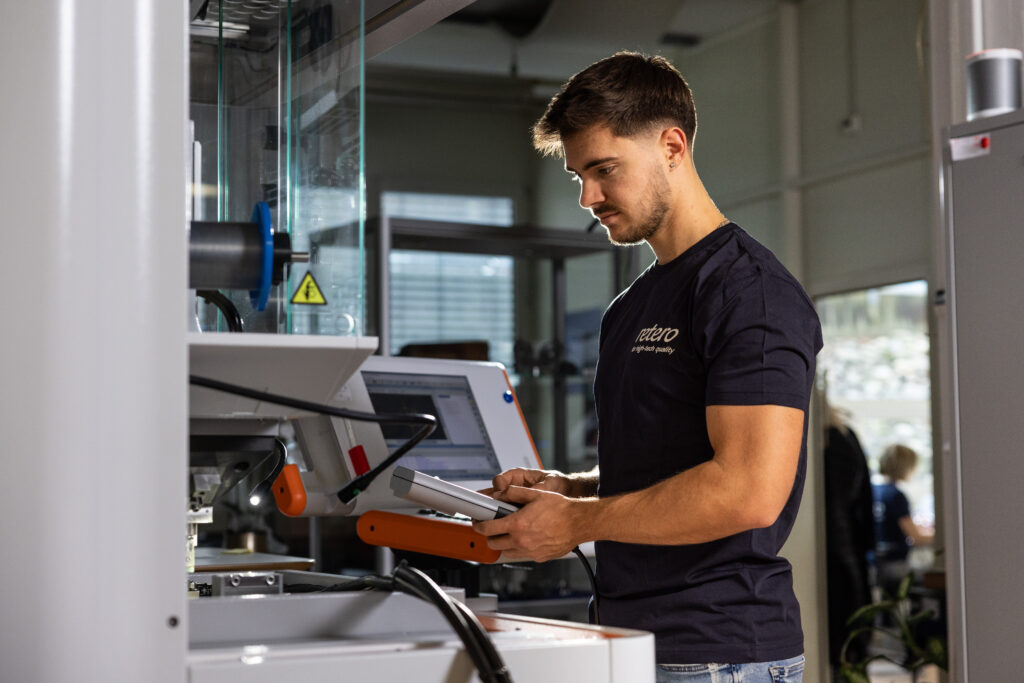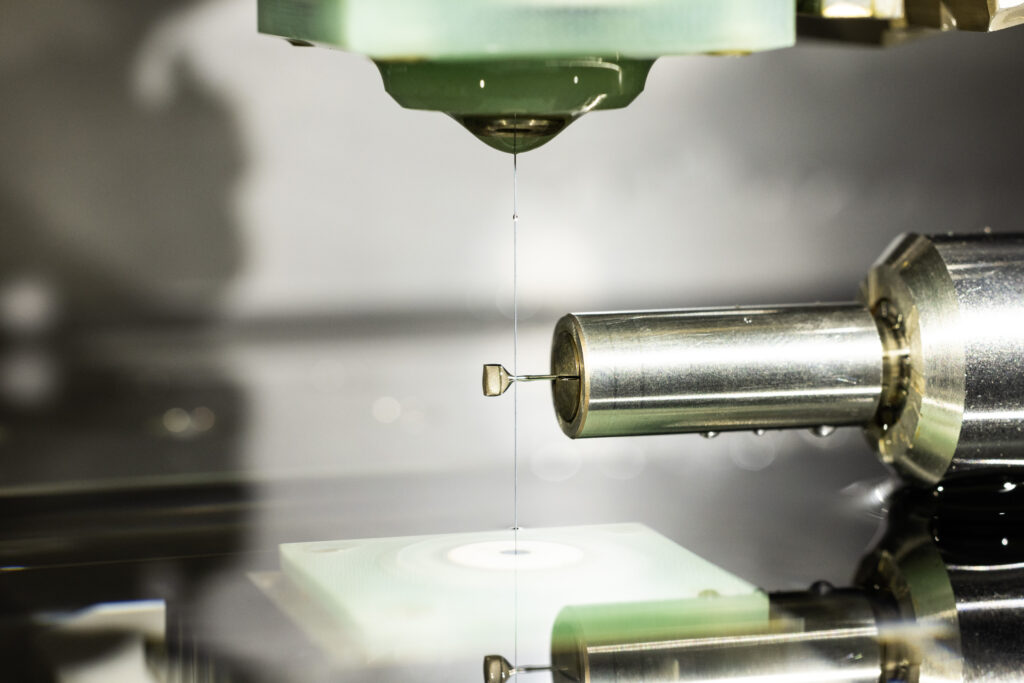Precision Laser Cutting (CNC) Switzerland

Maximum precision at maximum speed with precision laser cutting
Fine contours. High throughput. Perfect for complex geometries in thin to medium material thicknesses.
With precision laser cutting, we combine high accuracy with efficiency. Ideal for individual parts, prototypes or series made of a wide range of materials, including stainless steel, copper, aluminum, bronze, brass and more. For you, this means clean cutting results and short lead times for fine geometries and sensitive materials. Our customers in the watchmaking industry and precision engineering already rely on our laser cutting capabilities for highly accurate, fine mechanical parts.

We are certified to ISO 9001 and ISO 13485 (medical device certification) by the Swiss Association for Quality and Management Systems.
Advantages of laser cutting at a glance
High precision:
Your benefit: You receive components that meet your exact specifications and comply with high precision requirements.
Process reliability through experienced specialists:
Your benefit: Reduced inspection effort, minimized scrap, and consistently reproducible quality.
Versatility in material and geometry:
Your benefit: One manufacturing solution for diverse materials and part designs, reducing supplier and coordination effort.
Collaborative Engineering Support
Your benefit: Our experts are happy to help you optimize your components and processes.
Non-contact machining without tool wear:
Your benefit: Minimal material deformation and consistent quality.
Process integration with other technologies (Wire EDM, EDM Drilling)
Your benefit: Less coordination effort, higher part quality, shorter lead times. And all with the highest Swiss quality.
High processing speed:
Your benefit: Faster delivery of your parts and competitive prices, even for medium and large series.

What is laser cutting?
Here you will find answers to the most frequently asked questions about laser cutting. Find out more about the process, its advantages and possible applications as well as important technical details.
Precision laser cutting is a thermal cutting process in which a highly concentrated laser beam melts material at specific points. The laser beam is guided precisely along the desired cutting path. A process gas (typically oxygen or nitrogen) expels the molten material from the kerf, resulting in a clean, narrow cut. This enables clean and dimensionally accurate components, even with complex geometries and fine structural details.
In laser cutting, focusing optics concentrate the laser beam on a very small spot onto the surface of the material. The high energy density leads to localized heating well above the melting point. During the cut, the laser beam moves across the workpiece, with modern CNC control systems ensuring maximum precision and repeatability. The process is extremely flexible and enables quick adaptations to new designs or changes in production runs.
Laser cutting is a non-contact process that provides maximum design freedom. Due to the small heat-affected zone, residual stresses and distortion are kept to a minimum. The cutting quality is excellent and in many cases no post-processing is required. Very fine and complex internal contours can be realized, which would be very difficult to produce using mechanical processes. The high processing speed makes precision laser cutting an economical manufacturing method .


Technical details for laser cutting (CNC)
- Material thickness: 0.01 mm to 3 mm
- Tolerances: ± 0.01 mm (for 0.01 mm < t < 1.5 mm) and ± 0.02 mm (for 1.5 mm< t < 3 mm)
- Surface roughness: up to Ra 0.8 / N6 possible
- Cutting width: Material-dependent, we are happy to advise on specific values
- Workpiece size (L x W): 250 mm x 300 mm
- Production capacities: from prototypes to series production
- Engraving: We engrave and cut on the same machine in a single setup
Materials that are laser cut:
– Medical-grade stainless steel
– Titanium
– Aluminum
– Brass
– Copper
– Stainless steels
– Special alloys: NiTi (Nitinol), Hastelloy
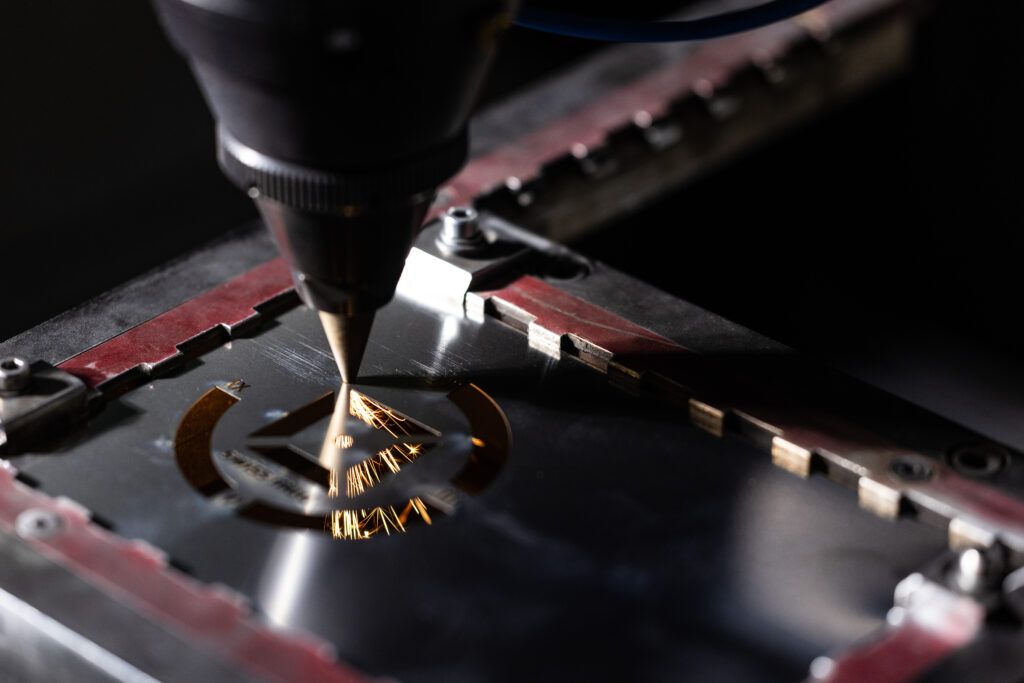

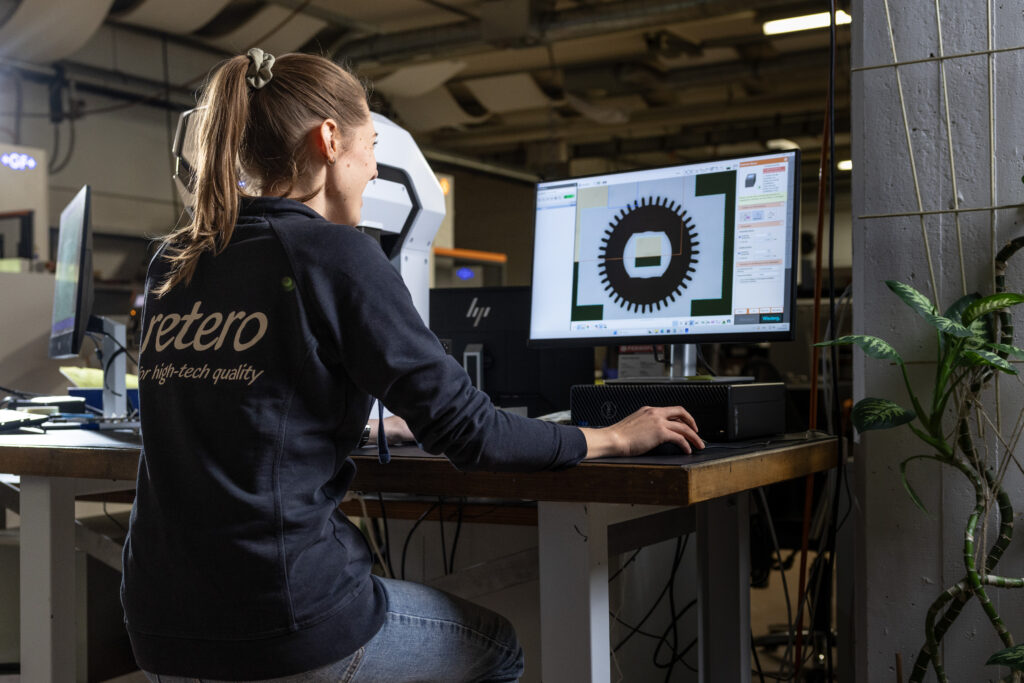
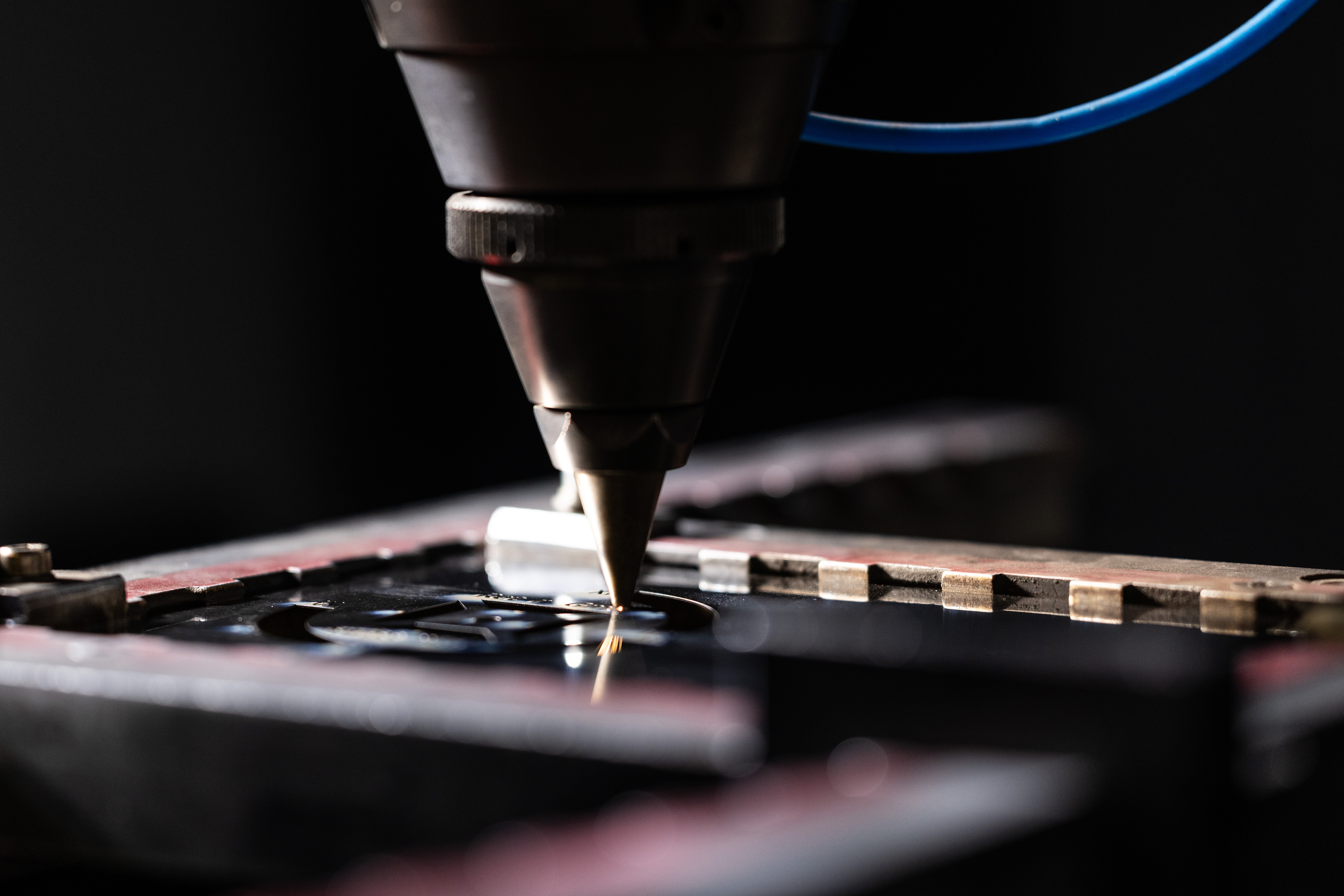
Typical applications of laser cutting
Watchmaking industry:
- Dials
Precision instrument engineering:
- Micromechanical components for electronics
Mechanical and industrial engineering:
- Spacers made from foil materials
- Thrust washers & shims
We guarantee the highest accuracy and quality.
Why choose Retero as your partner for laser cutting work?
Your idea deserves the highest precision.
When it comes down to the micrometer, every detail counts. As a family-run company, Retero GmbH is your experienced partner for high-precision micromachining. With over 20 years of specialization, a state-of-the-art machine fleet and Swiss quality, we deliver uncompromising results reliably and personally.
Swiss quality
Retero has been certified to ISO 9001 and ISO 13485 for more than ten years. Two internationally recognized standards that mean measurable safety and trust for our customers.
- ISO 9001 confirms our consistently implemented quality processes in all areas, from production to delivery.
-
ISO 13485 is the gold standard in medical technology and requires:
- complete traceability
- validated processes and suppliers
- strict documentation and uncompromising precision
Our quality assurance goes beyond standards: We embody genuine Swiss precision – driven by responsibility, technical excellence, and a clear commitment to safety.

What our customers say about us
Trustindex überprüft, ob die Originalquelle der Bewertung Google ist. Retero ist DER Partner im Bereich Mikrobearbeitung wie Feindraht- und Drahterodieren. Eine tolle Firma mit Kompetenz. Schweizer Qualität!Gepostet aufTrustindex überprüft, ob die Originalquelle der Bewertung Google ist. Microbearbeitungs Profi mit höchster Präzension. Sehr zu empfehlen!Gepostet aufTrustindex überprüft, ob die Originalquelle der Bewertung Google ist. Retero ist in der Mikrobearbeitung wie Feindraht- und Drahterodieren, Präzisionslaserschneiden sowie im Stanz- und Biegewerkzeugbau ein unschlagbar Partner. Die hohen Erwartungen an die Qualität der Werkstücke wird Retero in allen Belangen gerecht.Gepostet aufTrustindex überprüft, ob die Originalquelle der Bewertung Google ist. Innovative Fertigung und tolle Projekte!
Questions and answers about laser cutting
Precision laser cutting is a high-precision process for cutting materials such as metal sheets, plastics and other sheet materials. A laser beam is used to cut the material precisely and without physical contact. The exact functionality and advantages of this process are explained here
Precision laser cutting can process a wide range of materials, including titanium, steel, stainless and alloy steels, non-ferrous metals and various plastics. It is important to know which materials are suitable for your specific project in order to achieve the best possible results.
The accuracy of precision laser cutting depends on various factors, including the thickness of the material. For sheet thicknesses up to 1.5 mm, the accuracy is usually +/- 0.01 mm to +/- 0.02 mm, while for sheet thicknesses up to 3.0 mm, an accuracy of +/- 0.03 mm is achieved. This precision makes the process ideal for demanding applications.
Precision laser cutting offers several advantages, including high accuracy, the ability to cut complex geometries and the ability to implement contour changes quickly and cost-effectively. It is also a cost-effective alternative to the classic punching process, especially for small and medium-sized series production.
Precision laser cutting is used in various industries, including the optical industry, micromechanics, medical technology, semiconductor technology and piezo technology. Typical applications include micro-drilling, micro-injection molds, micro-nozzles, solid-state joints and much more. This process enables the production of high-precision parts for a wide range of industries.

